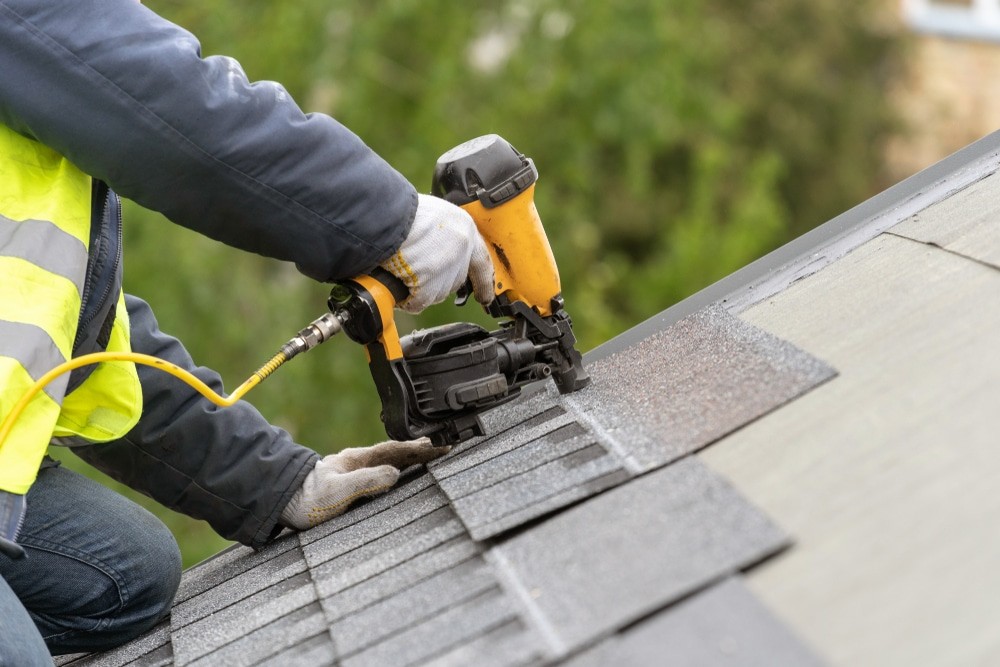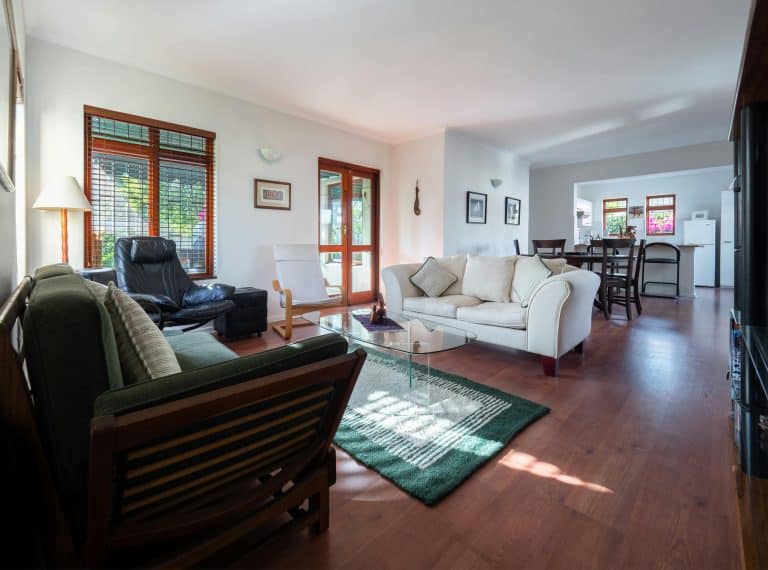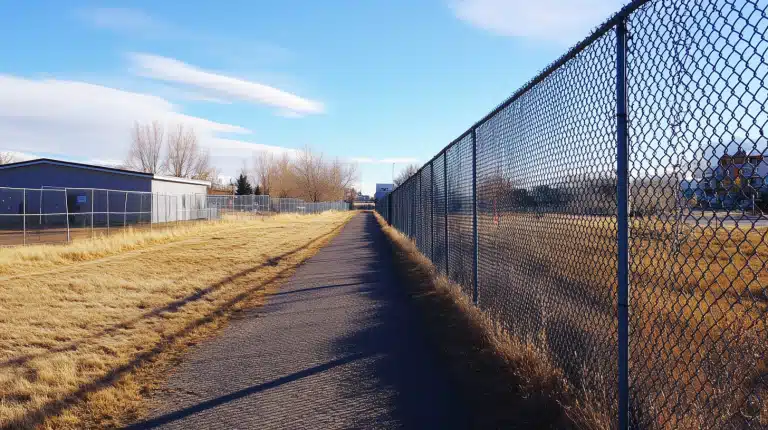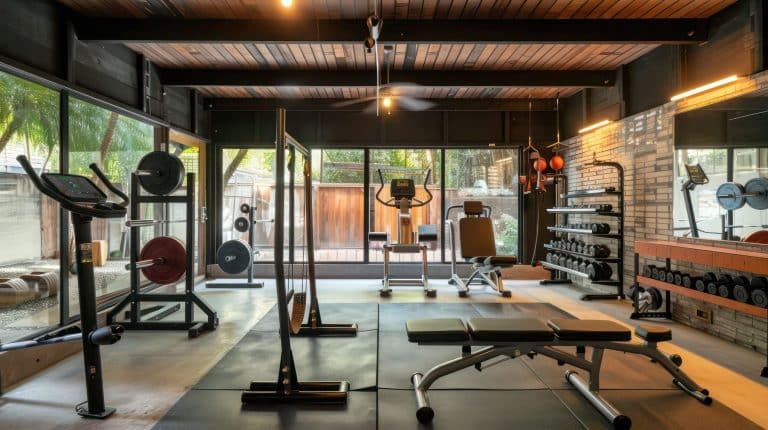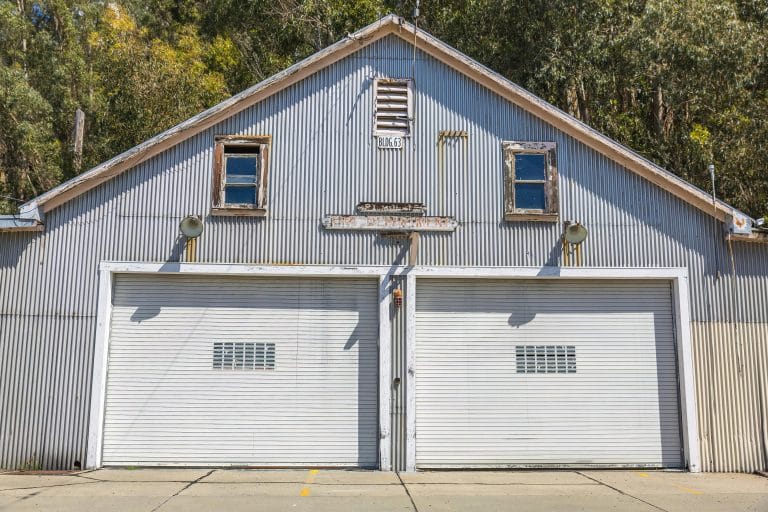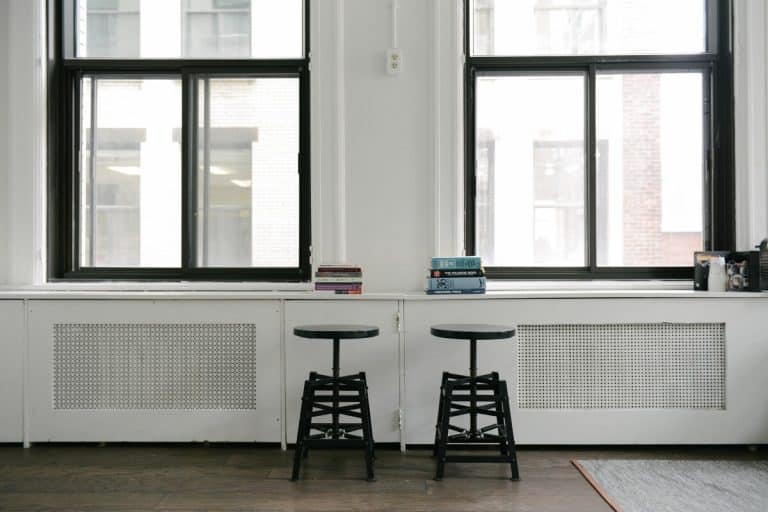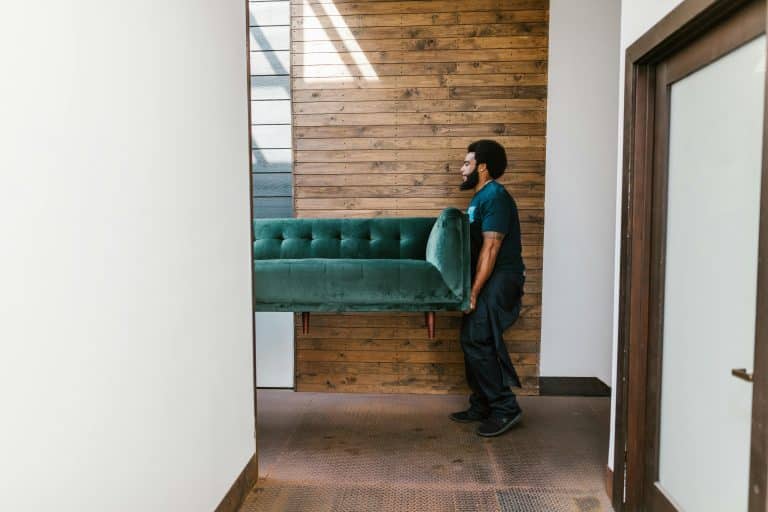Need A Roof Restoration? The Risks Of Not Replacing Your Old Roofing
Your roof is probably the part of your building that is most ignored. You may spend time, money and effort on re-decoration, fixing structural problems, plumbing, electricals and taking care of the grounds but it’s a fact that most building owners take their roofs for granted.
Do You Really Need A Roof?
Roofs protect you from the weather and if you live in an area that experiences harsh sunlight, heavy rains or snowfall, the roof is a shield against them. The structure of the roof helps to guide rainfall or melting ice and prevent water pooling on the surface or leaking into the building.
Thermal insulation, climate control and HVAC systems are positioned within the roof’s structure to make your interiors more comfortable.
Aesthetically, your roof provides a complete and attractive structure to the building. It protects you from pest, animal and bird attacks, mold and falling debris, and unwanted intruders.
How To Tell That Your Roof Needs Attention
New roofs are probably one of the biggest investments that you need to make. Unfortunately, failing to identify minor issues as and when they crop up can lead to huge problems down the line, and you could end up with a more expensive, time-consuming mess. In addition, unstable roofs are a serious health and safety risk.
If your roof is more than two decades old, it probably needs some work. Though some materials such as metal may last longer, they still need to be painted and checked for rust.
Loose or missing tiles and shingles pose problems of safety and leakage. If you notice damp and moldy patches on the ceiling and upper walls, your roof isn’t doing its job properly.
Visually, your roof may show signs of sagging, or there could be moss or fungus growing on it. Paint on the walls may bubble or crack. Sun damage, faded colors, rotten fastenings and wooden supports, damaged flashing and a damp smell in the attic all indicate that it’s time your roof needed some attention.
Repairs or Restoration?
If the damage is minor and localized to a particular area on your roof, you can manage the problem with timely repairs. Major structural issues, damage from falling trees or heavy rain are more serious and you may need a complete restoration or replacement of your roof.
If the building is old, or you want to install a “green roof”, use modern materials and innovative design, this would again call for replacement. Your architect or reputed roofing expert such as First Class Roofing Melbourne can give you the right advice at this point, and help you with the decision of whether to get a roof restoration or replacement done.
Risks Of Not Replacing Old Roofs
As every building owner knows, built structures need regular maintenance and repair. Roof replacement is no different. The problem is that roofs are easy to neglect because they remain mostly out of sight. When issues crop up, it’s usually quite late in the day and much damage has already taken place.
Delaying roof replacement is not just a matter of good looks and aesthetics. It can pose a danger to life and property. Old roofs have multiple problems that occur over time and procrastination can lead to worsening of issues. Ad hoc patchwork may seem like you’re saving some money but in the long run, there are big risks involved.
- Energy Wastage: Damaged roofs are the number one reason for inflated energy bills. Cracks and gaps in the roof cause climate control and utility systems to draw more energy to stay efficient. This leads to higher bills. The insulation can get damaged, causing your climate control systems to malfunction.
- Structural Damage: Poor quality roofs are a safety risk as they can collapse at any time. Damaged tiles, broken shingles, cracks and gaps form over time and become home to insects, vermin, fungi and small rodents. Dampness can enter the attics, causing mold and algae to breed, causing respiratory problems.
- Pest Attacks: Mice are a huge problem that occurs in old and damaged roofs. They build nests and breed in the gaps and cracks, and this gives them free entry into the building. Apart from causing a range of diseases and allergies, mice and rats chew on electrical wiring and insulation. They contaminate food and their droppings are a health hazard to people and pets.
- Short Circuiting: Leakage into electrical systems causing sparks that could set fire to your home. Faulty electrical systems are safety hazards and can cause accidents.
- Insurance Risk: Faulty roofs can become an insurance risk. Your policy may not get renewed, your premiums may become higher and there’s every chance that in case of an accident your claim will be denied.
- Mental Stress: Worrying about damaged roofing, tackling leakage, high utility bills can all lead to anxiety and stress.
- Property Value Decrease: If you plan to sell, rent or lease your building, poor quality roofing can be a deal-breaker. Potential buyers will drive down prices when they see a roof in poor condition or one that needs major structural work. Damaged roofs also give your building a shabby and neglected look, leading to poor curb values in the neighborhood. You will find it difficult to get the right price for your property and will have to settle for whatever you get.
- Voided Guarantees: If your roof has aged beyond the manufacturer’s warranty for materials, replacement will cost you a whole lot more.
- Fire Hazard: Older roofs have gaps and cracks that allow water to enter into electrical systems. They may also allow sparks from outside fires in the garden or neighborhood to enter the building and land on carpets, curtains or soft furnishings, leading to a major fire. If you are not at home at this time, the entire building can catch fire.
The solution to these potential roofing issues is to get regular, timely, professional inspections done by an experienced and reputed roofing expert.

